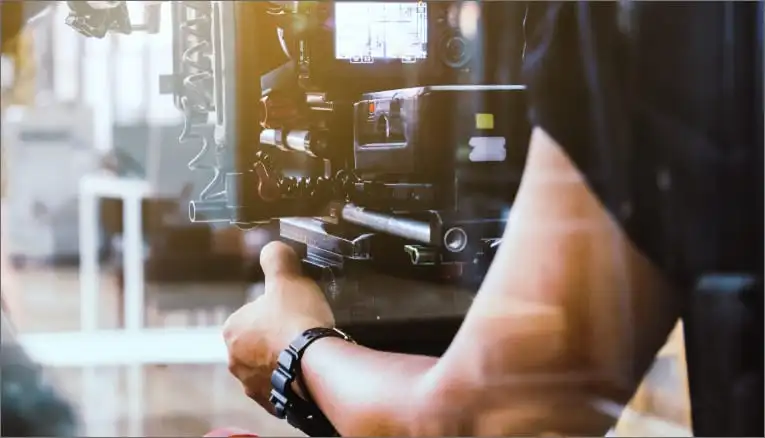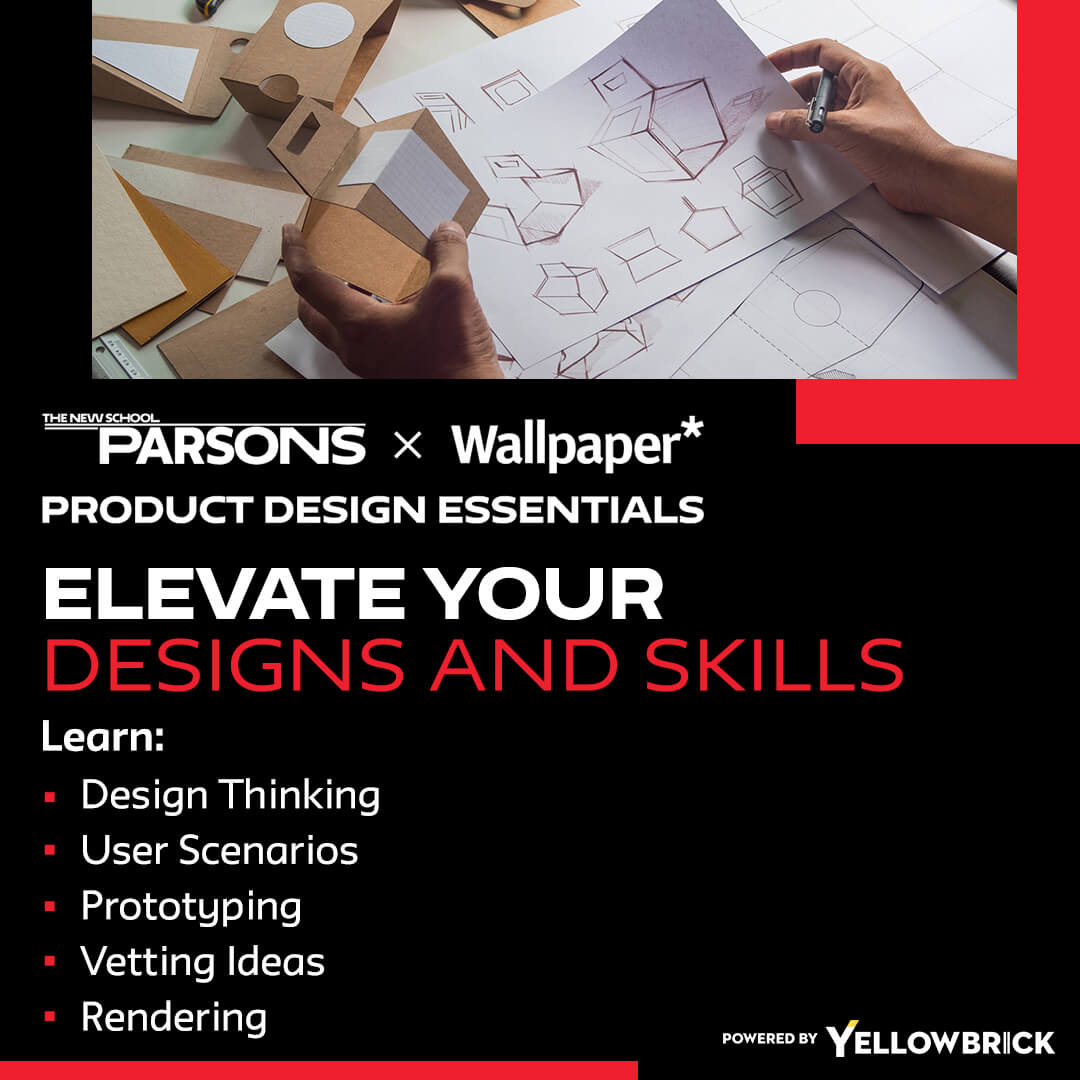Virtual product design has become a cornerstone of modern innovation, enabling designers to create cutting-edge products in a digital environment. This transformative approach leverages advanced technologies to streamline the design process, enhance collaboration, and bring concepts to life in virtual space.
Understanding Virtual Product Design
Virtual product design involves utilizing digital tools and software to conceptualize, model, and simulate products in a virtual environment. Designers can create detailed 3D models, explore different materials and textures, and visualize products in various settings before moving to physical prototyping.
This digital approach allows for quicker iterations, cost-effective design changes, and a more efficient product development cycle.
Benefits of Virtual Product Design
The adoption of virtual product design provides significant advantages for both designers and businesses. These benefits range from faster development timelines to more sustainable production methods:
- Reduced Time-to-Market: Products can be tested and refined virtually, allowing potential issues to be addressed early in the process.
- Cost Savings: Virtual simulations lower development costs by minimizing expensive physical prototyping.
- Enhanced Collaboration: Designers and stakeholders can work together in real time, regardless of location.
- Sustainability: Minimizing physical prototypes reduces material waste and supports eco-friendly manufacturing.
Key Technologies in Virtual Product Design
A variety of advanced technologies power virtual product design. Each plays a role in improving accuracy, efficiency, and collaboration in the design process:
- Computer-Aided Design (CAD): Forms the backbone of virtual design, enabling detailed 3D modeling and prototyping.
- Virtual Reality (VR) and Augmented Reality (AR): Allows designers to experience products from multiple perspectives and test interactions.
- Simulation Tools: Conduct stress analysis, performance testing, and optimization before physical creation.
- Cloud-Based Collaboration Platforms: Enable real-time teamwork, version control, and efficient project management.
Top 10 Jobs in Virtual Product Design
Virtual product design opens up diverse career opportunities across industries. These roles range from hands-on design work to project management and consulting:
- Virtual Product Designer: Creates digital prototypes and models for virtual design projects.
- Virtual Design Engineer: Develops and tests product designs using CAD and simulation tools.
- VR/AR Product Designer: Designs products for immersive virtual and augmented reality experiences.
- Digital Prototyping Specialist: Builds detailed digital prototypes for testing and validation.
- Virtual Design Consultant: Advises on virtual product design strategies and technology adoption.
- Simulation Engineer: Runs virtual simulations to optimize product performance and durability.
- Virtual Collaboration Manager: Oversees virtual design projects and facilitates team coordination.
- Digital Visualization Artist: Produces high-quality renderings and animations for presentations.
- Virtual Reality Experience Designer: Creates engaging VR demonstrations for product showcases.
- Digital Product Development Lead: Manages the entire virtual design process from concept to final visualization.
Conclusion
Virtual product design is revolutionizing how products are conceived, developed, and refined. By leveraging advanced tools, fostering collaboration, and reducing waste, it helps businesses bring innovative ideas to market faster and more sustainably. As technology continues to evolve, the demand for skilled virtual product designers and related professionals will only grow.
Key Takeaways:
- Virtual product design allows the creation, testing, and refinement of products entirely in a digital environment before physical prototyping.
- It enables faster product development cycles, cost savings, and improved collaboration between designers and stakeholders.
- Core benefits include reduced time-to-market, lower production costs, enhanced teamwork, and sustainability through reduced material waste.
- Key technologies powering virtual product design include CAD, VR/AR, simulation tools, and cloud-based collaboration platforms.
- Career opportunities in this field are diverse, ranging from Virtual Product Designer and Simulation Engineer to VR/AR Product Designer and Digital Product Development Lead.
- As technology evolves, demand for skilled professionals in virtual product design is expected to grow significantly across industries.
To further your expertise in this field, consider enrolling in the Parsons Product Design Essentials online course and certificate program offered by Yellowbrick for a comprehensive learning experience.








